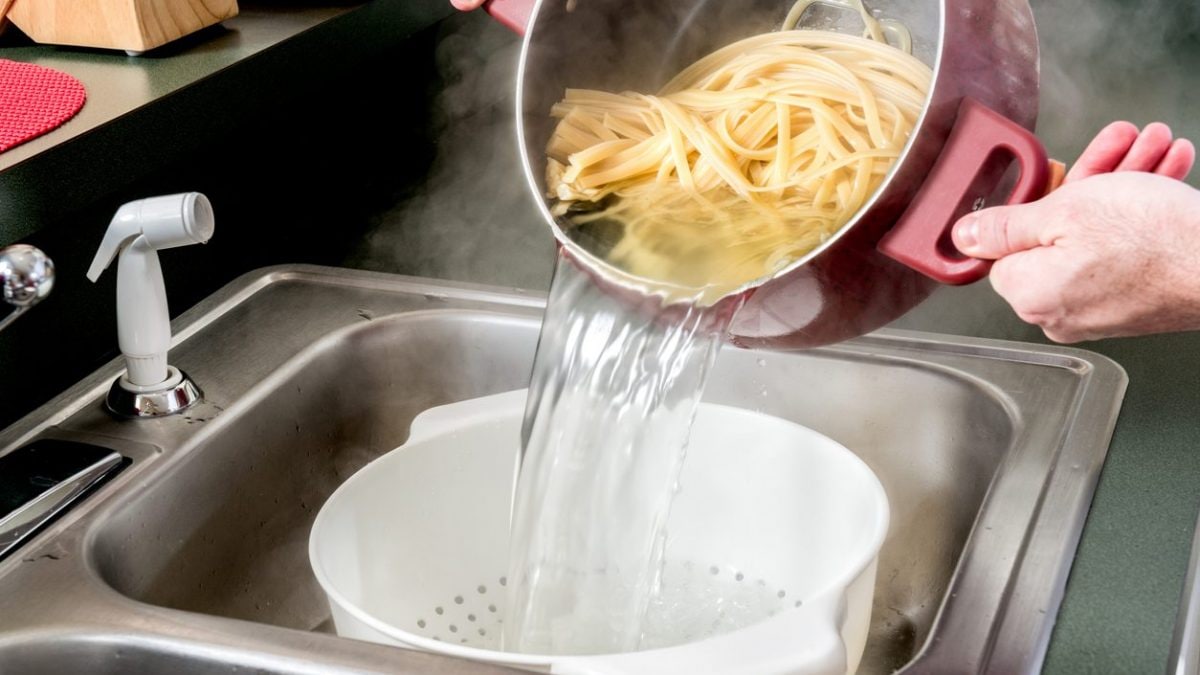
In a world that has fewer and fewer resources for an ever-increasing population, it is becoming increasingly essential to learn the art of recycling: a bit like your grandparents did, many of what you consider food waste can be reused.
Just like many vegetable peels are edible and can be used in many delicious recipes – think about carrots or potatoes, along many others – the potential behind various cooking waters is astounding and deserves to be explored. And the one that stands out the most is, definitely, pasta cooking water: also referred to as "liquid gold", to many it might seem useless, but it has actually a lot of uses and advantages.
In fact, during cooking, pasta releases starch and mineral salts that make it very valuable for a whole series of uses, ranging from the most basic usage (Italians do it all the time!) to thicken sauces, of other certain cooking methods and recipes, to uses that have nothing to do with food. Here are all the most effective ways to reuse pasta cooking water.
1. To Mix and Thicken Pasta Sauces
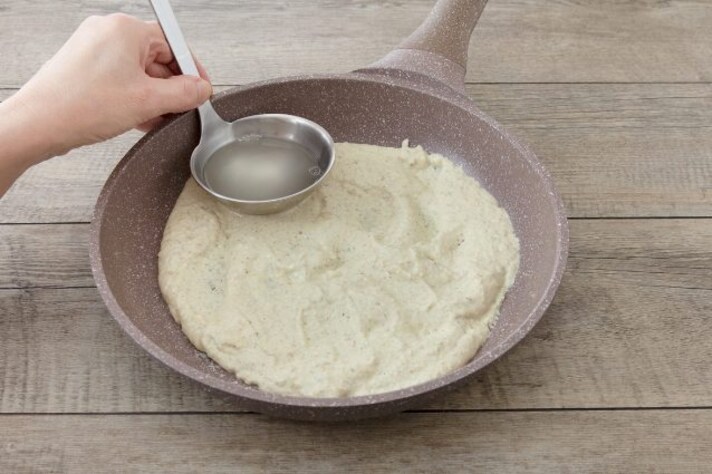
The first and most well-known method, as we have anticipated, for reusing pasta cooking water is…cooking pasta! Not really cooking, actually, but stirring: adding a few ladles to condiments that require a creamy and well-mixed sauce can really make the difference in making your sauce a triumph. Some examples? The iconic carbonara or the exquisite spaghetti cacio e pepe require the use of cooking water to be perfect.
2. Degrease The Dishes
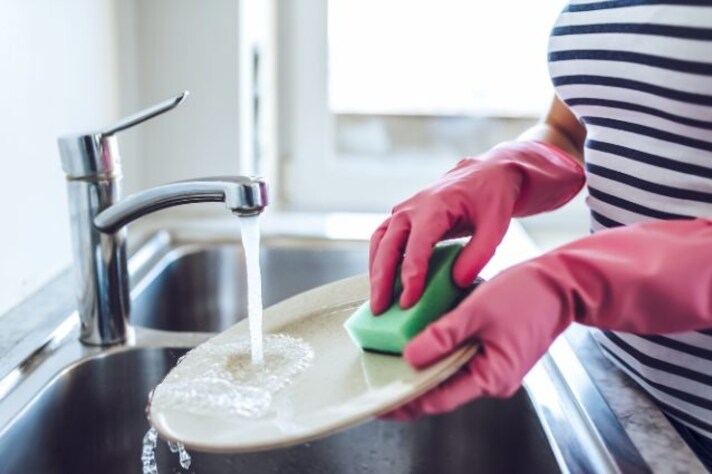
This may come as a surprise, but pasta cooking water is perfect for cleaning dirty dishes, especially for getting perfectly shiny dishes because the liquid has a very strong degreasing power. All you have to do is plug the sink and fill it with the leftover pasta cooking water, immerse the plates, pans and dishes and let them soak for a few minutes. Then you just need to soap up with a drop of detergent and rinse for perfectly degreased dishes.
3. Water the Plants
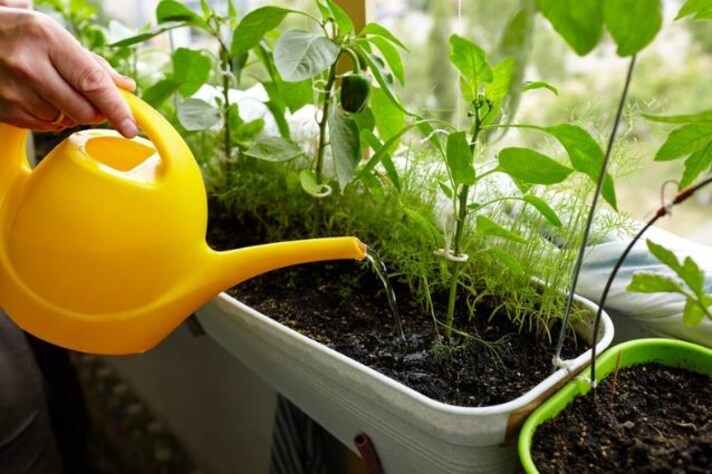
Thanks to the high concentration of mineral salts, pasta cooking water is a powerful natural fertilizer that you can use to water your plants, nourishing them and saving the water that you would normally use for irrigation. You just have to take two precautions: if you intend to use the pasta water in this way, you must not salt it (or salt it very little) otherwise you would ruin the plants and you must use it to water when it has completely cooled down.
4. Steam Cooking
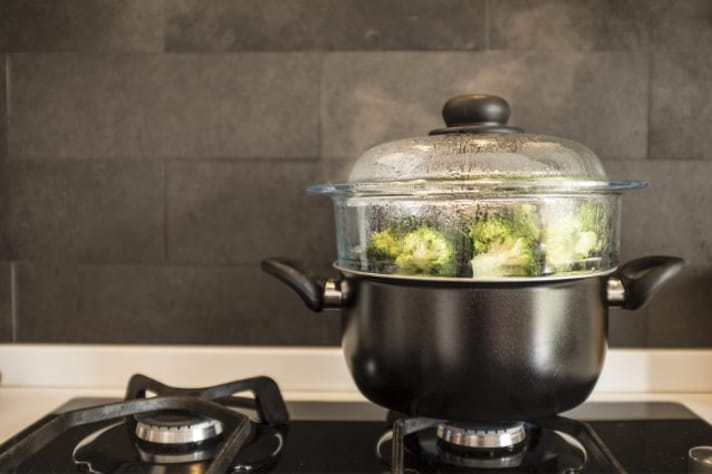
Returning to the cooking area, the pasta cooking water is useful for cooking a second time, not for immersing food in it for steaming. You just have to bring the water back to the boil and then use it to steam especially vegetables and greens, which with this technique keep all their nutrients intact.
5. For Soaking Legumes
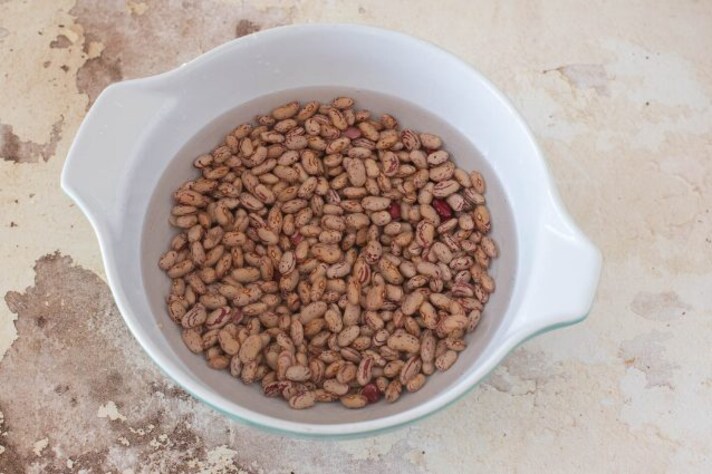
Pasta cooking water cannot be reused to cook legumes (the amount of starch would be excessive) but it is fine to use for soaking: if you have purchased dried legumes and need to rehydrate them, you can safely use the leftover water to leave them to soak. After soaking, you will only have to rinse them and then proceed with the cooking you prefer.
6. A Base for Minestrone, Creams and Soups
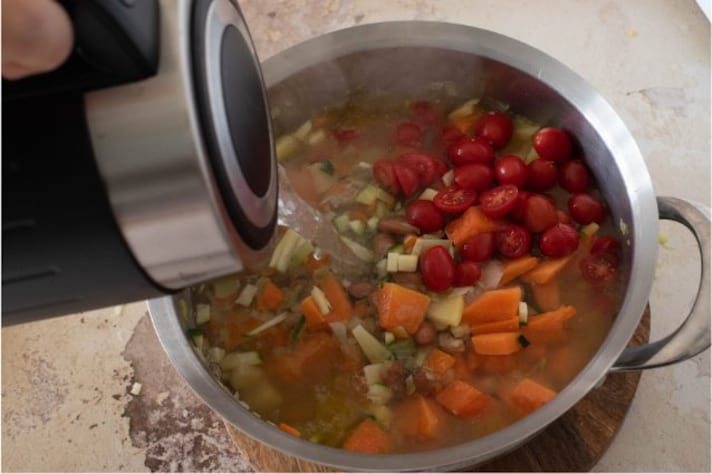
The presence of mineral salts makes pasta cooking water a food rich in nutrients, which is why one of the best ways you can use it again is to prepare minestrone, creams and soups. It is practically the same as a neutral broth, the only thing you have to be careful about is the amount of salt because the pasta water will certainly already be salty.
7. To Prepare Bread and Leavened Products
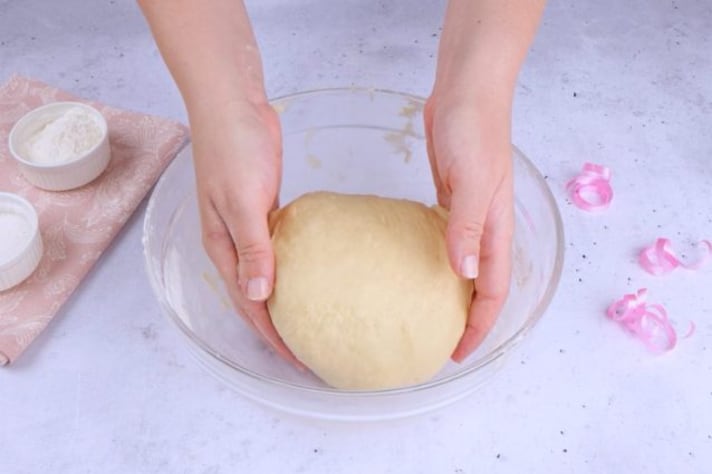
Not just mineral salts: pasta cooking water is also very rich in starch and therefore an excellent way to reuse it is to use it in the preparation of bread and leavened products. This very characteristic, in fact, will make your dough much softer, even that of homemade pizza. Also in this case, be careful with the dosage of salt, do not add it to the dough because the pasta water has already been salted.
8. Beneficial Foot Bath
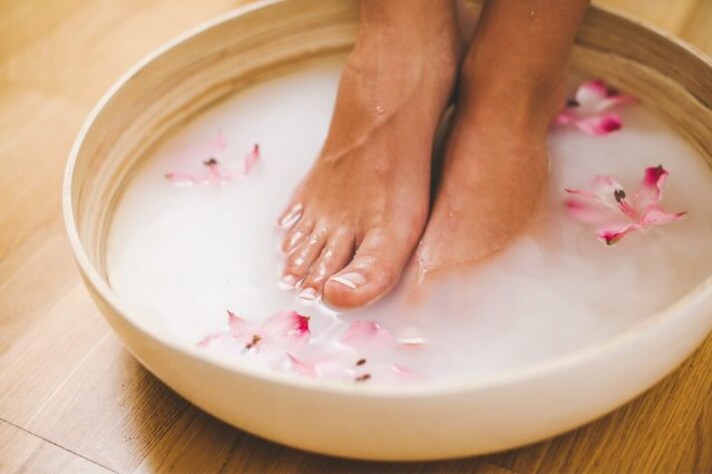
The most surprising use of leftover pasta cooking water is in the field of body care: precisely because of its richness in nutrients, in fact, the liquid acts beneficially on different parts of the body. For example, it is perfect for a regenerating foot bath, especially if you suffer from swelling and heaviness in your feet and legs. Add a few drops of essential oil or bath salts to the water and enjoy a moment of well-being.
9. Hair Pack
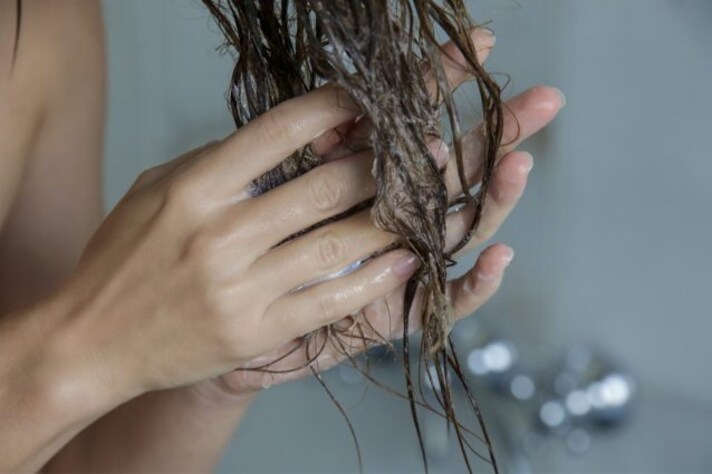
Pasta cooking water is also a phenomenal hair pack, able to make your hair softer and combat dry scalp. Just like rice cooking water , a very well-known natural remedy for hair care, the liquid has a positive effect on your hair thanks to the presence of starch and mineral salts. All you have to do is apply the water to your hair and leave it on for 15/20 minutes before washing it: the result will be untangled, soft and shiny hair.
10. To Make Salt Dough
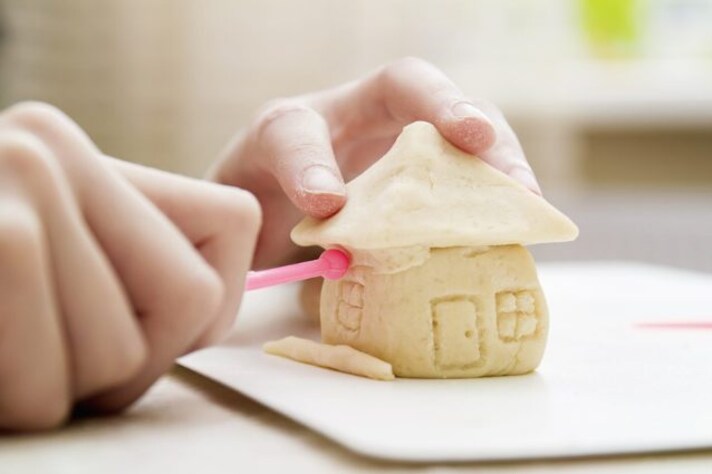
If you love creative crafts or want to have fun with your children in manual activities, this suggestion is for you. The pasta cooking water, in fact, is perfect for preparing salt dough, a sort of playdough at zero cost that you can obtain with ingredients that you already have at home, that is 1 cup of fine salt, 2 cups of flour and 1 cup of warm water, in this case the one left over from cooking the pasta.
;Resize,width=767;)
